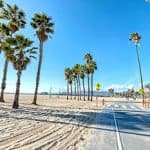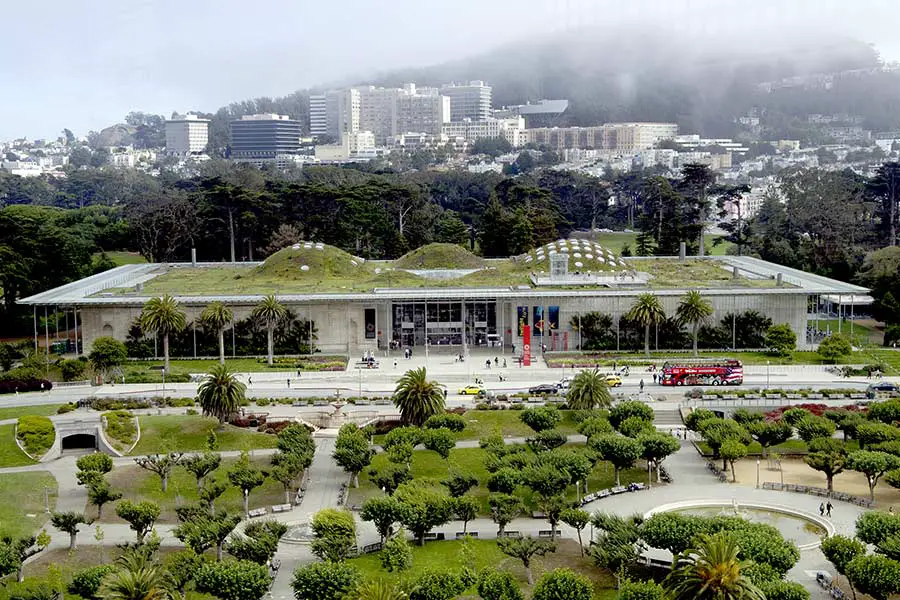
There is something for everyone in San Francisco. Visitors to the San Francisco Bay Area who have a passion for science and natural history should look no further than the California Academy of Sciences. This institute has been a part of California history for decades and has inspired scientific research and exploration around the world. So, what is the California Academy of Sciences?
The California Academy of Sciences is a research institute that focuses on a wide range of scientific studies but is most famous for its work in natural history. In addition, the Academy operates a large museum located in Golden Gate Park and is open to the public.
If you are interested in visiting the California Academy of Sciences, this post will tell you what you can expect to see, the history of the Academy, and share everything you need to know to plan your trip.
California Academy of Sciences – What is it?
The California Academy of Sciences is a research institute and natural history museum located in the heart of Golden Gate Park in San Francisco. The museum is a top tourist attraction in the Bay Area and receives nearly 1.5 million visitors each year. The museum complex is comprised of multiple buildings, but the largest building covers approximately 400,000 square feet, making it one of the largest natural history museums in the world.
There is a wide range of exhibits at the California Academy of Sciences. No matter what age group, there is something for everyone, and it is a great place to take the kids. Some are changed seasonally to provide visitors and Academy members with new exhibits to view. Aside from the smaller displays, there are four main areas that are very popular.
Kimball Natural History Museum
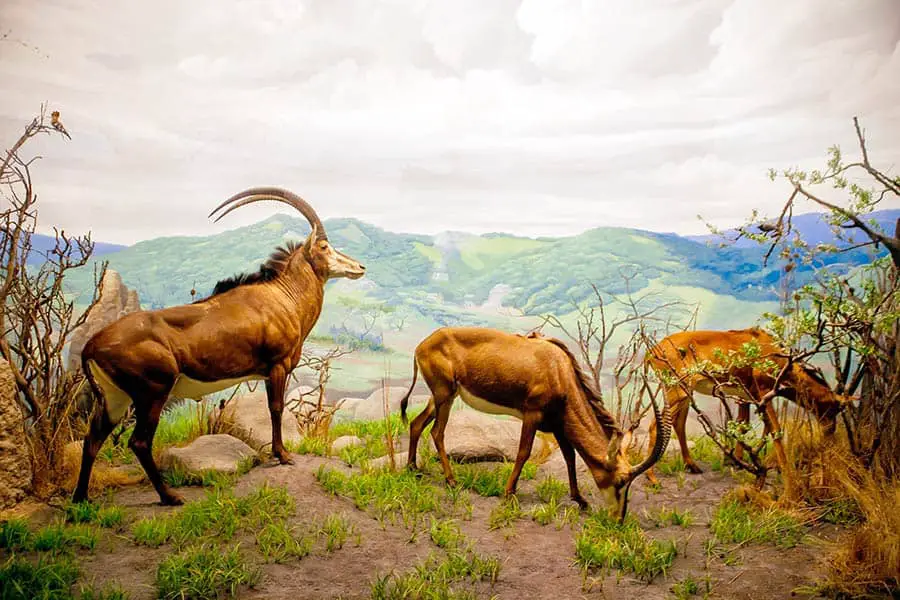
Natural history is the study of plants and animal life in their natural habitats through observation. The Academy has a long history of sending out researchers and scientists across the globe to explore, classify new species, and collect specimens. Many of these findings and specimens made their way back to the Kimball Natural History Museum for visitors to learn about and enjoy.
The Africa Hall is the museum’s oldest running exhibit, opened in 1934, the hall features 21 dioramas depicting the landscapes and wildlife of the African continent. The hall also covers the origin and history of the human species. At the far end of the hall, visitors can view the live colony of African penguins as they swim and play in their 25,000-gallon tank. Note: The penguins are most active during feeding periods (at 10:30 AM and 3 PM every day).
Visitors will enjoy the many interactive and hands-on exhibits throughout the Kimball Natural History Museum that touch on many topics from gemstones and minerals, animal and plant life from prehistoric times to today, and the forces of nature.
Popular exhibits for the kids include the T-Rex skeleton in the main lobby and the Shake House, a simulator that lets you safely experience the power of both the 1906 and 1989 quakes.
Morrison Planetarium
The Morrison Planetarium hosts immersive shows featuring stunning visualization of our solar systems, galaxies, and the universe. In addition, the planetarium features a unique 75-foot digital NanoSeam screen that seems to disappear when lit.
The screen gives visitors the sense that they are floating in space. All of the stars, planets, spacecraft, and galaxies projected are exact replicas of what you would see in the real world giving visitors a super-realistic view of the universe. The shows change periodically, so be sure to check out the planetarium’s daily calendar before your visit.
Reservations for the planetarium are required and are given on a first-come, first-serve basis. Children under four are not permitted. To preview one of the shows before you go, the Academy broadcasts the live sessions to its YouTube channel every Wednesday at 4:30 PM PT.
Osher Rainforest
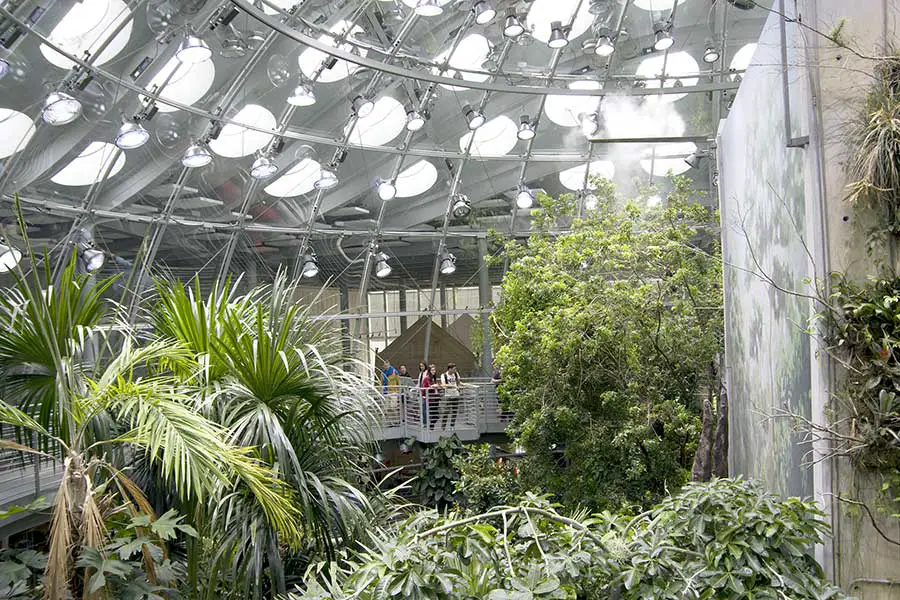
This exhibit features a slice of the rainforest recreated under a giant 90-foot diameter, 4-story tall glass dome. The dome, which is the largest rainforest exhibit in the world, is home to more than 1,600 animal species, including birds, butterflies, leafcutter ants, colorful poison frogs, chameleons, and tropical freshwater fish.
Visitors can explore the rainforest canopy before taking an elevator beneath the flooded rainforest floor. From there, guests can watch tropical fish swim through the thick roots of the mangrove trees from an underwater tunnel.
Outside of the dome, there are many exhibits to teach visitors about life in the rainforest and the conservation efforts protecting this vanishing ecosystem.
Steinhart Aquarium
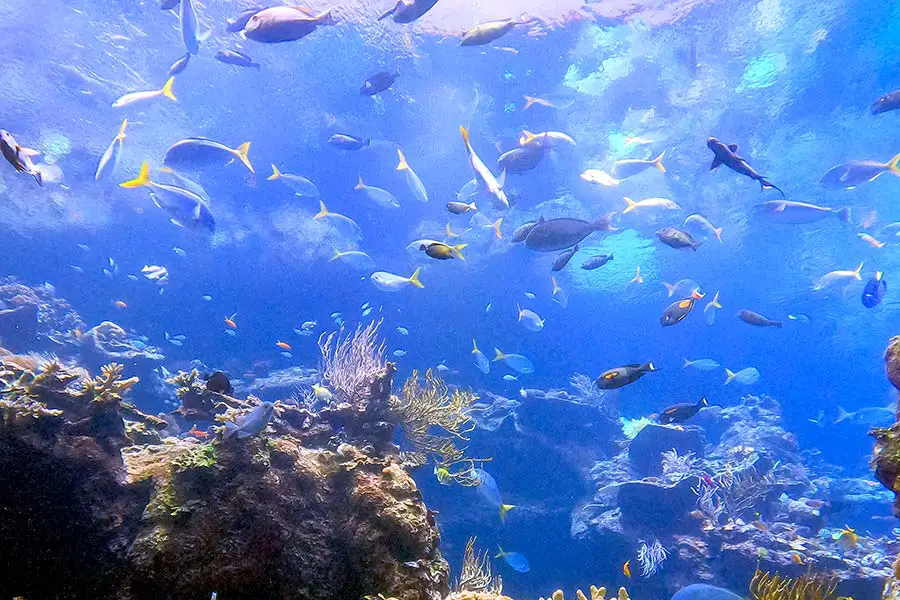
Close to 40,000 live animals reside at Steinhart Aquarium. In addition, it includes many exhibits of the diversity of life found across the globe, from the nearby California Coast to the tropical coral reefs of the Philippines to the swamps of the American Southeast. As guests explore the aquarium, they will learn about the importance of protecting our reefs, oceans, lakes, and rivers.
Two exhibits popular with the kids are the tidepools that allow them to touch various marine animals and the “Twilight Zone,” a dark area of the aquarium that glows with bioluminescent species from the depths of the ocean.
Bay Area Answers Fun Fact: A 2011 expedition by Academy researchers to the Philippines discovered 300 animal species that were new to science.
Other Posts of Interest
- What Was Treasure Island Used For?
- What Is The Palace Of Fine Arts In San Francisco?
- What Is Jack London Square?
- What Is The Purpose Of Coit Tower?
Ticket and Admission Information
Ticket prices vary based on the day. Generally, most adult tickets cost $35 to $40. Youth prices (3-17 years old) are $25 to $30. There are discounts for students and seniors. Visitors with the CityPASS or Go San Francisco Card can get significant discounts on tickets.
Ticket purchase procedures have changed, and the museum doesn’t currently offer walk-up ticket purchases. You will need to purchase a ticket in advance of your visit.
Most guests can expect to spend 2-3 hours at the museum to see all the exhibits.
Are Dogs Allowed Inside the California Academy of Sciences?
Pets are not allowed in the California Academy of Sciences, except for service dogs. Even if you have a service dog, some areas are off-limits, including the rainforest, Curiosity Grove, and research collections. This limitation is to protect the animals in those exhibits from interacting with non-native species.
Is Food Available at the California Academy of Sciences?
There are a couple of alternatives when it comes to dining at the California Academy of Sciences. The Academy Cafe is a cafeteria-style restaurant with both grab-and-go items and meals prepared with fresh ingredients. The Terrace Restaurant has a seasonal menu and a selection of local and regional beers and wines.
Guests to the California Academy of Sciences are also permitted to pack their own lunches. The only rule is that you must eat your food outside in the East Garden. The museum also has a water-bottle-filling station on Level 1 for those who want to bring their own reusable water bottles.
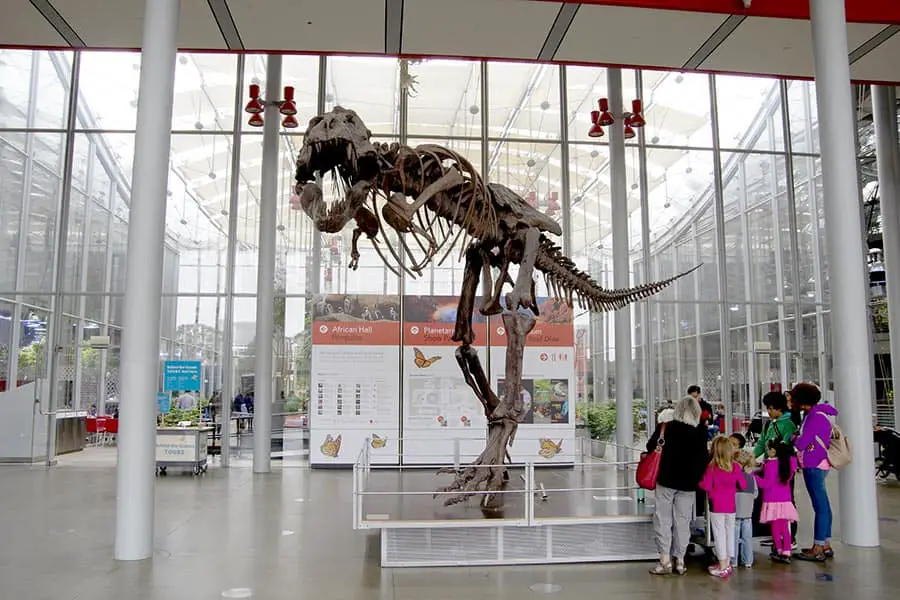
History of the California Academy of Sciences
The California Academy of Natural Sciences was established in 1853, just a few years after California joined the United States. The Academy was renamed in 1868 to California Academy of Sciences to include other research fields instead of just natural sciences.
The first official museum was opened in 1874 in what is now Chinatown. However, by 1891, they were forced to move to a larger location on Market Street due to its popularity and number of visitors (about 80,000 a year at the time).
Fifteen years later, the museum was destroyed in the 1906 San Francisco earthquake. Only a small number of books, records, and specimens were saved from destruction. However, when the 1906 earthquake hit, an Academy expedition was already underway in the Galapagos Islands. This expedition provided a much-needed replacement for some of the museum’s lost specimens.
By 1916, the Academy moved to its permanent location in Golden Gate Park. Over time, more buildings and exhibits were constructed.
In 1989, disaster struck again with the Loma Prieta earthquake. This 6.9 magnitude quake caused severe damage to the museum buildings. The repair costs were so high that the Academy decided to rebuild its facilities completely.
After $500 million and three years of construction, the new California Academy of Science reopened in September 2008. The building has an environmentally friendly design that features solar panels, strategically placed windows to provide natural light to 90 percent of the exhibits, and a 2.5-acre green roof covered in native vegetation. The design was featured by both the Discovery Channel and National Geographic.
Getting to the California Academy of Sciences
If you intend to drive, there is parking available at the Music Concourse Garage. However, the garage fills up quickly, so you may need to show up early, especially on the weekends or holidays. Parking rates run $5-$6 per hour, and there is free parking available on some of the streets within the park. Most street parking has a 3-4 hour limit.
Because San Francisco has an excellent public transportation system, you can easily reach the park and California Academy of Sciences by taking the MUNI bus, Metro lines, or BART. While the BART station is not within walking distance of the museum, you can easily rent a bike from Bay Wheels (operated by the rideshare company, LYFT).
Science 101
For visitors looking for a truly educational experience, the California Academy of Sciences should be at the top of your list. It’s the perfect place to escape the summer heat and learn about natural history, space, wildlife, and conservation. The California Academy of Sciences is an excellent addition to your itinerary for any age. Just remember to plan ahead and get your tickets early.



